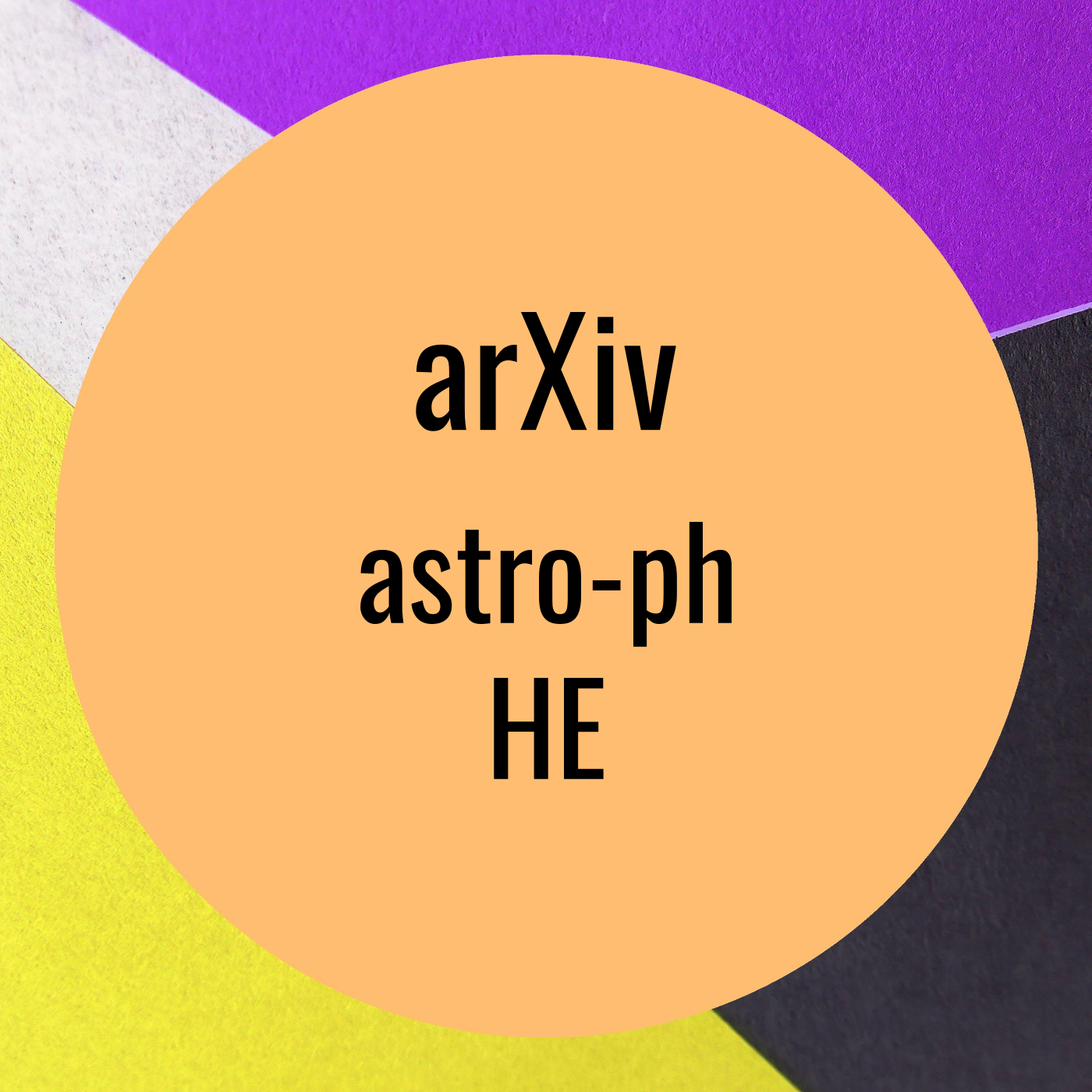Using Anisotropies as a Forensic Tool for Decoding Supernova Remnants
Description
Using Anisotropies as a Forensic Tool for Decoding Supernova Remnants by Abigail Polin et al. on Tuesday 29 November
We present a method for analyzing supernova remnants (SNRs) by diagnosing the
drivers responsible for structure at different angular scales. First, we
perform a suite of hydrodynamic models of the Rayleigh-Taylor instability (RTI)
as a supernova collides with its surrounding medium. Using these models we
demonstrate how power spectral analysis can be used to attribute which scales
in a SNR are driven by RTI and which must be caused by intrinsic asymmetries in
the initial explosion. We predict the power spectrum of turbulence driven by
RTI and identify a dominant angular mode which represents the largest scale
that efficiently grows via RTI. We find that this dominant mode relates to the
density scale height in the ejecta, and therefore reveals the density profile
of the SN ejecta. If there is significant structure in a SNR on angular scales
larger than this mode, then it is likely caused by anisotropies in the
explosion. Structure on angular scales smaller than the dominant mode exhibits
a steep scaling with wavenumber, possibly too steep to be consistent with a
turbulent cascade, and therefore might be determined by the saturation of RTI
at different length scales (although systematic 3D studies are needed to
investigate this). We also demonstrate, consistent with previous studies, that
this power spectrum is independent of the magnitude and length scales of
perturbations in the surrounding medium and therefore this diagnostic is
unaffected by ``clumpiness" in the CSM.
arXiv: http://arxiv.org/abs/http://arxiv.org/abs/2209.02134v2
More Episodes
Hard X-ray Observations of the Hydrogen-poor Superluminous Supernova SN 2018hti with NuSTAR by Igor Andreoni et al. on Wednesday 30 November
Some Hydrogen-poor superluminous supernovae are likely powered by a magnetar
central engine, making their luminosity larger than common supernovae....
Published 11/30/22
Fundamental physics with neutron stars by Joonas Nättilä et al. on Wednesday 30 November
Neutron stars are rich laboratories of multiple branches of modern physics.
These include gravitational physics, nuclear and particle physics, (quantum)
electrodynamics, and plasma astrophysics. In this...
Published 11/30/22
Published 11/30/22


